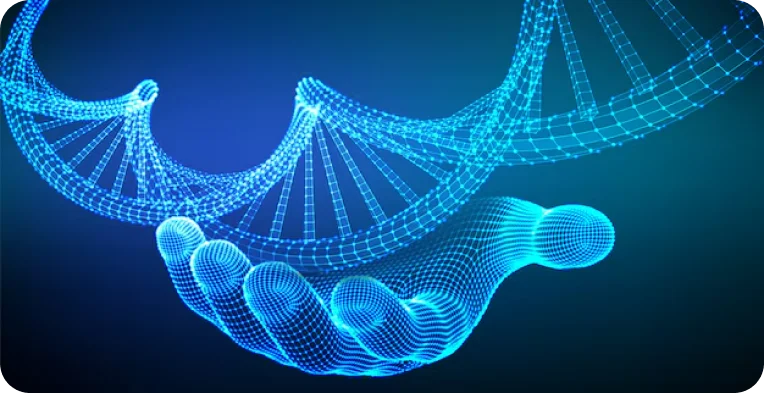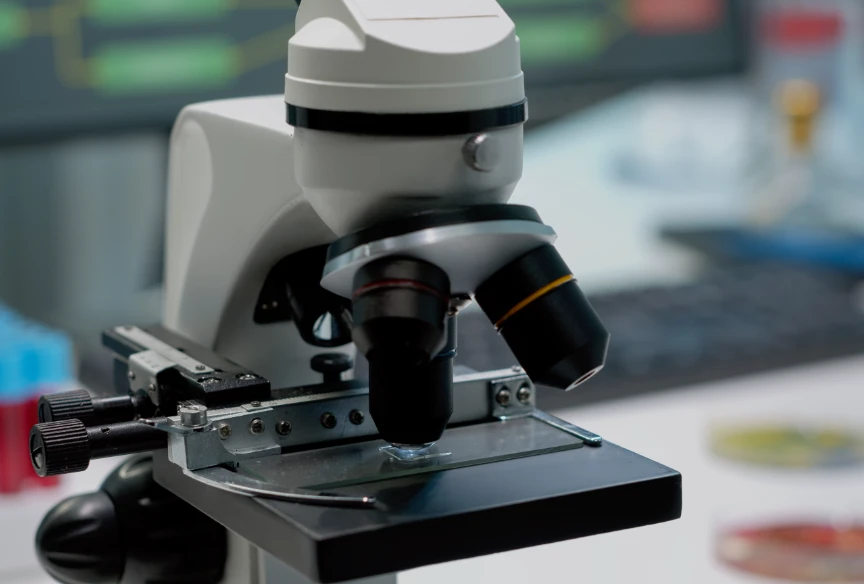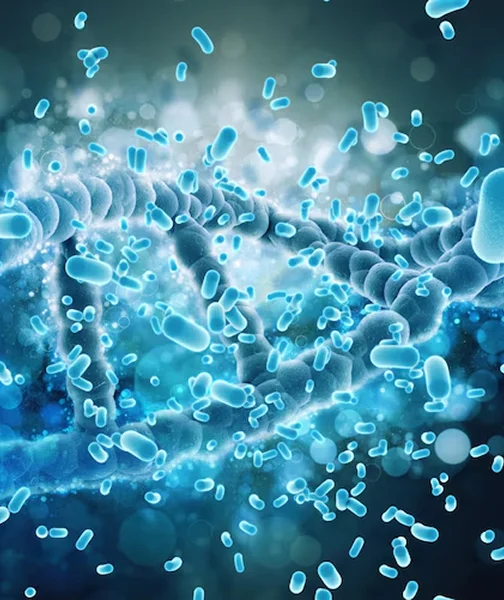
Karyotyping is a fundamental cytogenetic technique used to visualize and analyze an individual's chromosomes. It allows for the detection of numerical chromosomal abnormalities (aneuploidies) and large-scale structural rearrangements (e.g., translocations, deletions, duplications, inversions).
While newer technologies like chromosomal microarray (CMA) offer higher resolution for detecting copy number variations (CNVs), karyotyping remains a crucial diagnostic tool in various clinical settings, particularly for identifying balanced rearrangements and confirming suspected aneuploidies.

Key Applications
Karyotyping is indicated in a range of prenatal, postnatal, and specialized scenarios:
Mosaicism: Presence of two or more cell lines with different chromosomal constitutions (detection depends on the percentage of mosaicism and number of cells analyzed).

Platform & Methodology
Precision & Progress
Shipping Conditions : Room temperature or cold pack (depending on sample type).

Clinical Guidelines